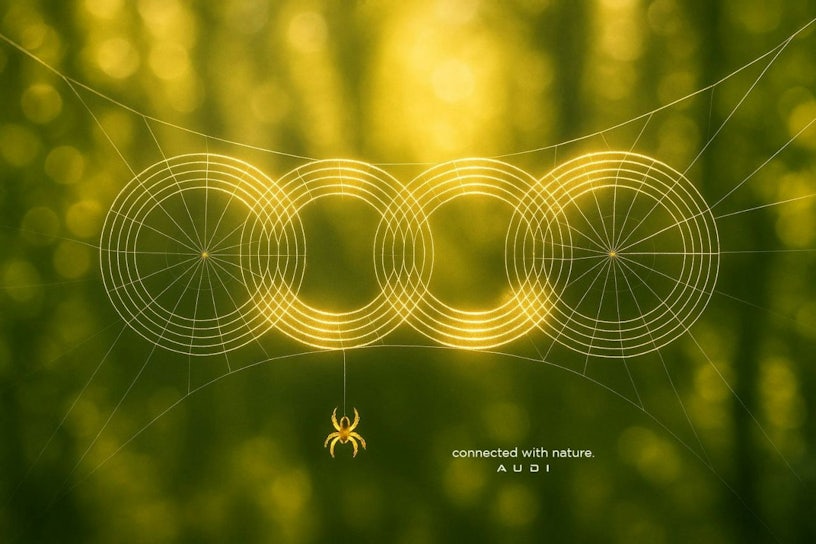AI is reshaping how brands create. Brands can do it faster and more efficiently than ever before. It can generate ideas, produce content, and deliver campaigns at a scale that was unimaginable just a few years ago. But here’s the catch: AI isn’t human.
That doesn’t mean we should fear it or avoid it. Used thoughtfully, AI can be a powerful tool. But if we hand over the reins completely, brands risk losing the very thing that sets them apart, that being their unique voice, distinctive style, and authenticity.
AI works best when it acts as a tool to streamline processes, allowing human creators to focus on the strategic decisions and unique ideas that define their brand.
The good side of AI (when used right)
AI can be handy if you have a small team and not much time. Or, if you’re a big brand dealing with lots of content in different languages, AI can give you a huge boost.
Need a proof of concept that’s hard to produce? AI can make it happen. Need to put out ads in five languages across ten countries? Easy (but use with caution). Working with a small budget but big dreams? AI can assist you in taking the small steps to achieve this.Take Audi’s “Connected with Nature” concept campaign by Zed Anwar. It’s a great example of using AI with a clear goal.



The conceptual campaign for Audi is really quite simple, but it’s used with a purpose. It is supposed to reveal how Audi fits seamlessly into the natural world. Ripples, webs, and sand trails that echo Audi’s iconic four rings to promote their commitment to sustainability through electric and hydrogen innovation.
The idea began with an idea rooted in their brand goals & values, and AI helped visualise it. Producing a concept like this through traditional digital means would have taken additional time and cost to create. When guided by a clear vision, AI doesn’t take away from a brand’s spirit, instead, it can enrich the story, making it more vivid and engaging.
The bad side of AI (where it can go wrong)
As we’ve seen, AI can bring a lot of benefits, but it isn’t ideal – let alone perfect. We’ve all seen AI images gone wrong. Extra arms, strange faces, or text that doesn’t make sense. If you’re launching your brand and any of these issues slip through, it could have a detrimental effect on your customers’ perception of your brand, and ultimately result in a loss of trust.
When it comes to using AI to ‘art direct’ certain concepts, you have to remember that AI immitates pre-existing styles. Directing that style poorly can easily noticed, especially in illustrations. AI is improving at a rate where life-like images are becoming harder to distinguish from reality, as seen in the Audi concepts above, but graphic design and illustrated concepts still can have an uncanny feel to them which can be abrasive with audiences. I recommend taking a look at ‘Why Does AI Art Look Like That?’ by Keith Edwards to understand why it can feel that way.
Without a human eye and a carefully considered strategy, AI can leave you with work that falls flat, feels cheap and tacky, or worse, off-brand. Take Skechers, for example: their recent ad featured an AI-generated image of a model wearing their sneakers, but unusual distortions and odd details quickly caught attention online.

This wasn’t their first AI experiment- last year, a Vogue spread with AI visuals sparked similar reactions. Their experience shows that while AI can help bring creative ideas to life, it still needs human guidance to keep the work genuine and connected to the brand’s true voice. Otherwise, campaigns risk looking generic and damaging trust. As one viewer said, “You actually didn’t save any money because now I hate you.”
The truth is, AI can get you about 80% of the way there, but it’s that first 20% where human creativity is needed. When AI drives the idea, brands lose their unique voice and real appeal. If we relied on AI to do the whole job, then the end result would be a world full of brands that all look and sound the same. We need human thought to allow for differentiation.
So how can we use AI responsibly?
AI doesn’t know your brand’s values. It doesn’t understand your customers. It can’t feel when something’s off or when a story truly connects.
If you just give AI a blank page and hope for magic, you’ll end up with content that sounds like everyone else’s. And in a sea of similar AI-made stuff, the brands that stand out are the ones that think first, and then use AI to help.



